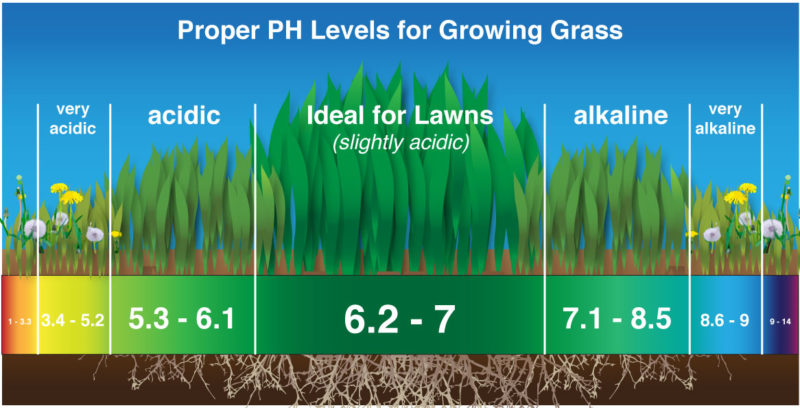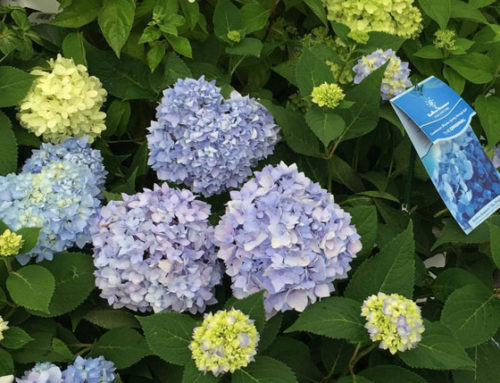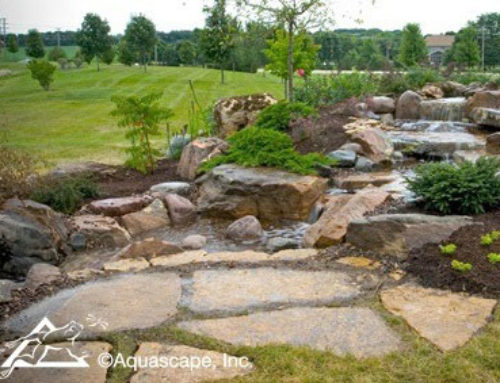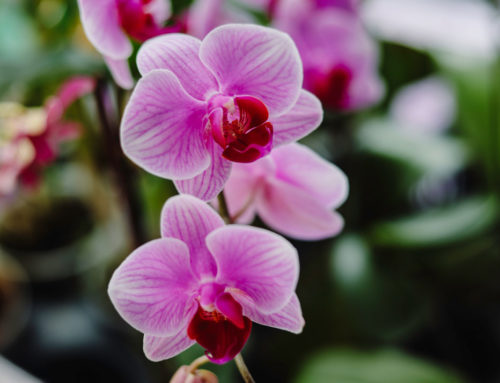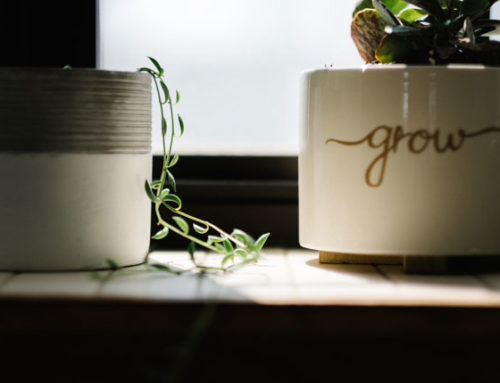If you thought this hot dry summer has been hard on you, imagine what your lawn must be feeling right now! Long-time team member and lawn and garden expert, Amy, shared her insights of all things lawn so you can get your yard back to its beautiful, luscious green once again.
When is the best time to plant new grass seed (in the Pacific Northwest)?
The ideal time to plant new grass seed is during the early fall or late spring when rain is likely and the outside temperatures are above 48° Fahrenheit and below 88° Fahrenheit for at least 7 to 10 days in order to start the germinating process. The main factor you want to focus on, however, is how much water the area will be receiving. Is rain on the forecast? Will you need sprinklers?
How do you choose the correct grass seed?
Before selecting a grass seed to lay down, it’s vital that you know which type of seed actually grows in your region. In the USA, there are a total of 12 different regions, with the Midwest having the largest region (4 and 5). The Pacific Northwest (precisely the half-left side of Washington, Oregon and part of California) is categorized under region 1. Lawns living in region 1 can either choose fescue or rye since these grow exponentially well in these climates. Kentucky blue grass is not a great option for the PNW because it will not endure more than 5 years because of our cool and wet winters we have.
Should I test my soil before putting grass seed down? How do I test it?
Though testing your soil isn’t required prior to putting grass seed down, it can make a difference in the long run. If you do want to test the soil, it’s a fairly easy process and you can get a pH soil test kit right here in our store.
Rule of thumb: Grass prefers 6.0-7.0 for its pH. Use sulfur or aluminum sulfate to drop the pH, and horticulture lime to raise the pH.
It’s crucial to consider where the wet locations are so you can amend the soil in that area for it to properly drain.
How does one prepare the ground for grass seed?
Preparing carefully will ensure success. It’s important to locate the areas that need the most focus (this might include areas with moss, rocks, weeds, drainage issues, too little shade, too much heat, or even the soil conditions) so you can amend your soil accordingly.
Do you have problems with any of the following?
Moss and Weeds: Thatch the ground and remove any moss, weeds, crabgrass so they don’t compete with the new planted seeds
Rocks: Rake or remove them for even distribution and add new soil
Uneven Ground: Fill in low spots with soil and rake high spots
Compaction: Aeration may be needed in order for water to absorb into the ground
Pest: Assess any damage caused by insects or moles and treat appropriately
Drainage: Reroute water and add gypsum and/or sand
Shade: Ensure you use shade tolerant grass seed
Heat: Plant during the correct time of year and mulch or peat moss to moderate temperature and retain moisture
How much should I water my lawn after I put grass seed down?
It’s no secret new seed needs daily watering but exactly how much does it need? There are 2 schools of thought. The first is to water it once a day, with a soak in depth of at least 1”. Tip: Stick a butter knife straight into the ground, tilt it forwards until you see wet dirt measured to the depth. This is what you want to see at all times! The second school of thought is to water twice a day.
What is the difference between single variety, blend and grass seed mix?
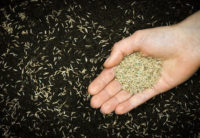
What post-planting chores do I need to take on?
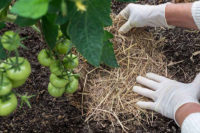
How tall should my grass be before I give it a mow?
Patience is key. You want to aim for your grass to reach approximately 2.5” to 3” in height. Just like a haircut, clip about ¼ of an inch off on the very first mow. After your second mow, your lawn should be okay handling a deeper cut. Do not mow a freshly planted lawn after heavy rains or watering because you could damage the grass.
What supplies do I need?
Get your healthy lawn back by using the following supplies; a sturdy rake and a bow rake, basic weeding tools, a good broadcast spreader for fertilizer and seeds, grass seed, fertilizer, products to amend the soil, peat moss or mulch and optionally a wheelbarrow, shovel and soil test kit.
If you have any questions or need help, snap a couple of pictures of your lawn and stop by our garden department for advice.


